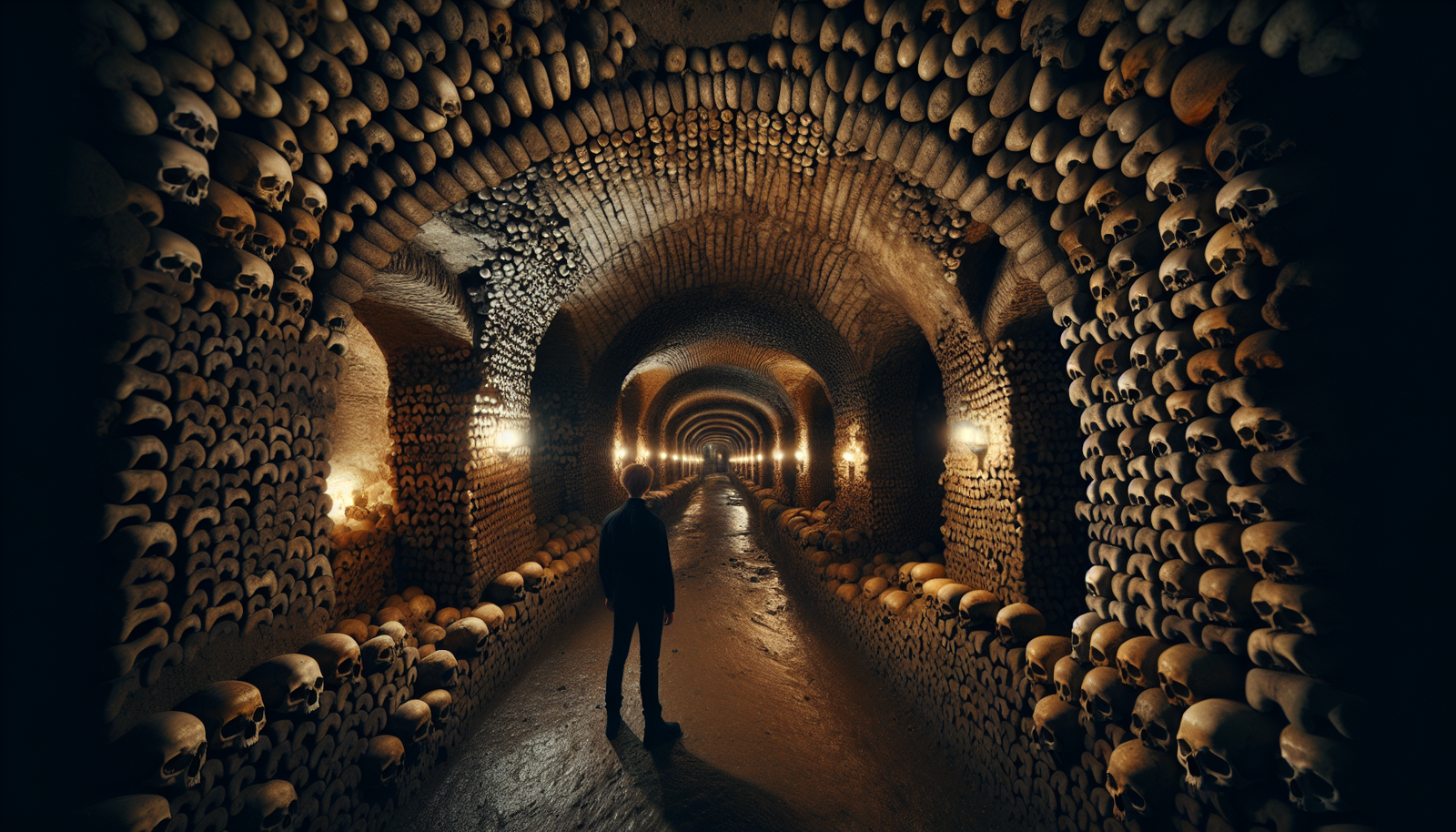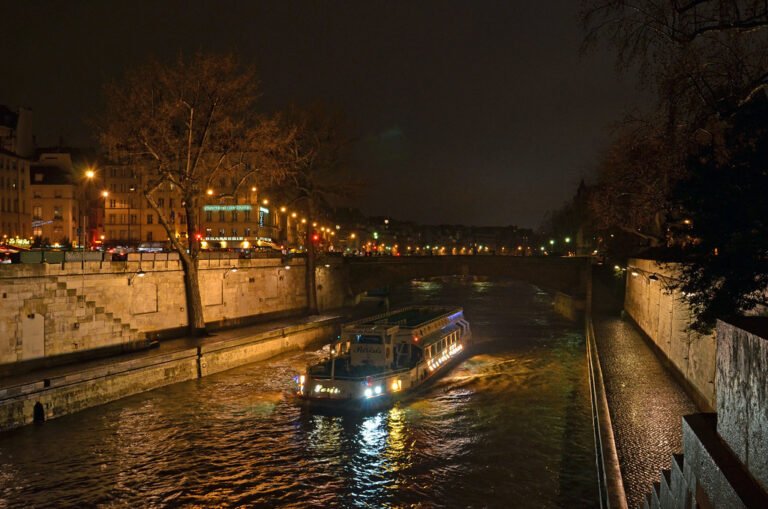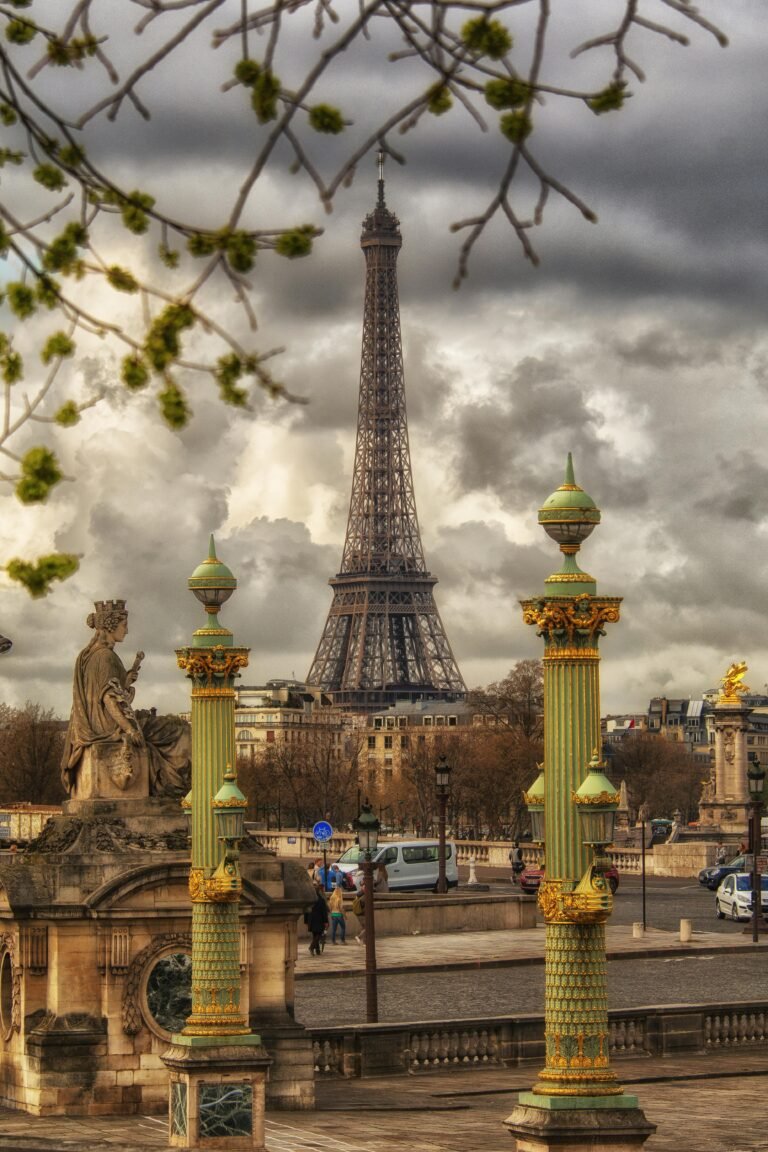Exploring the Paris Catacombs: An Underground Adventure

Beneath the bustling streets of Paris lies a hidden world that beckons the adventurous. The Paris Catacombs, a labyrinth of tunnels and chambers, hold the remains of millions of Parisians. This eerie underground Paris attraction has a fascinating history and an atmosphere that’s both haunting and captivating. You’ll find yourself stepping into a realm where history and mystery intertwine, offering a unique perspective on the city’s past.
As you explore the Paris Catacombs, you’ll discover the story behind their creation, walk through the realm of the dead, and learn about their significance beyond just being a burial site. This underground adventure provides insights into Parisian history, culture, and engineering marvels. Whether you’re a history buff, a curious traveler, or someone looking for an offbeat experience, the Catacombs offer an unforgettable journey through the City of Light’s darker side.
From Chaos to Catacombs: The Birth of Paris’s Underworld
The Crisis of Parisian Cemeteries
In 18th-century Paris, you would have encountered a grim reality: overcrowded cemeteries right in the heart of the city. The Cemetery of the Innocents, the largest and most notorious, had been in use for over 500 years. Imagine walking through Les Halles, a bustling market neighborhood, only to be hit by the stench of decay from the adjacent graveyard. The situation was dire – bodies were piled high, and the soil was saturated with human remains.
The Catacombs as a Modern Solution
As health concerns grew, city officials had to think outside the box – or rather, beneath it. The solution lay in the vast network of limestone quarries under Paris. These tunnels, once used to extract building materials, were now seen as the perfect resting place for the city’s dead. In 1785, authorities made the bold decision to transfer the contents of city cemeteries to this underground labyrinth.
The Process of Creating an Underground Ossuary
The creation of the Catacombs was a massive undertaking. From 1785 to 1787, nightly processions of black-covered wagons transported millions of remains to their new home. Workers carefully arranged the bones, transforming the tunnels into an elaborate ossuary. Under the guidance of Inspector Héricart de Thury in the early 1800s, the Catacombs took on a more organized and artistic form. Bones were arranged into intricate patterns, complemented by altars, columns, and thought-provoking inscriptions.
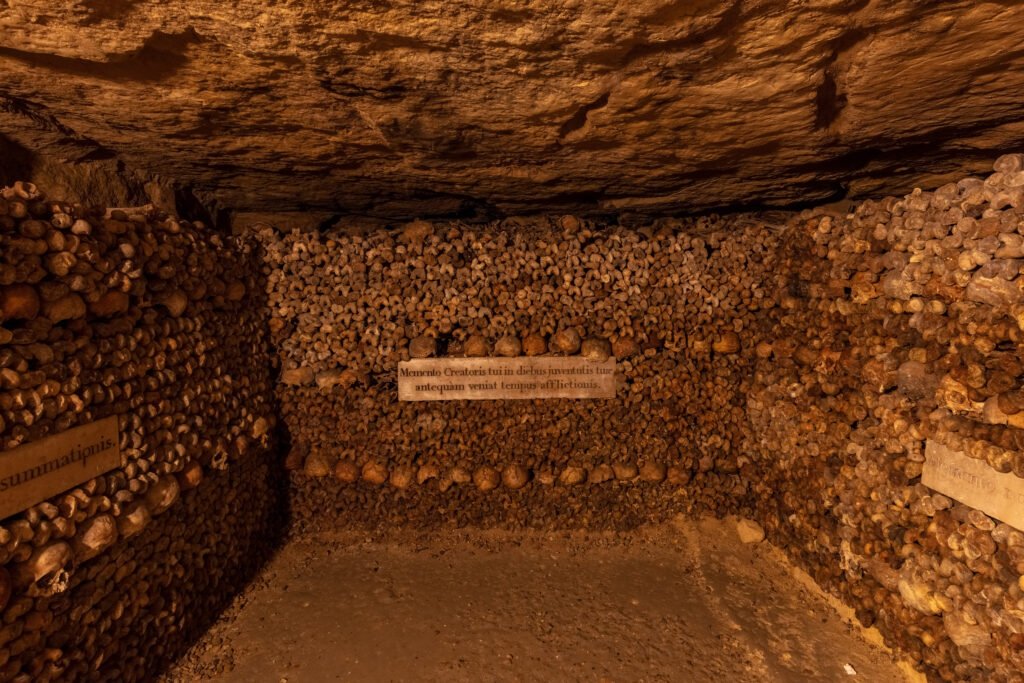
A Walk Through the Realm of the Dead
The Descent and Initial Impressions
As you begin your journey into the Paris Catacombs, you’ll descend a narrow spiral staircase with 131 steps. The walls become increasingly damp as you go deeper, creating an eerie atmosphere. Once at the bottom, you’ll navigate through tight corridors, feeling as if you’ve left Paris far behind.
Notable Sections and Displays
Your first stop is the Port-Mahon Corridor, showcasing intricate sculptures by François Décure, a former quarryman. His masterpiece, the Beauséjour sculpture, replicates the fortress of Port Mahon from memory. Next, you’ll encounter the Quarryman’s Footpath, resembling a wishing well, once used by workers to access water.
The Ossuary, marked by a plaque stating “Stop — this is the empire of death,” houses the most iconic displays. Here, you’ll find bones arranged in decorative patterns, including the Arc de Triomphe made entirely of skulls and bones. The City of the Dead, a circle of skulls representing Paris neighborhoods, and the Osseous Cathedral, with its gothic-style ceiling of femurs and fibulae, are particularly striking.
Inscriptions and Their Meanings
Throughout the Catacombs, you’ll notice various inscriptions and plaques. These often mark the origins of the bones or provide historical context. Some inscriptions offer philosophical reflections on mortality, adding to the somber atmosphere. The sepulchral lamp, once used to indicate safe oxygen levels for workers, stands as a silent sentinel in this underground realm.
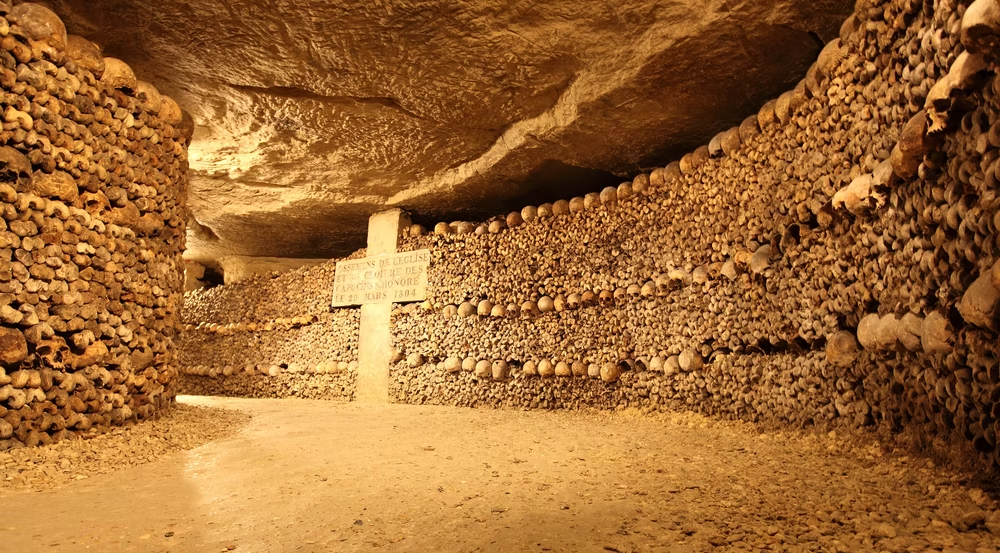
The Catacombs: More Than Just Bones
Geological and Architectural Aspects
As you descend into the Paris Catacombs, you’re not just entering a burial site, but a geological time capsule. The tunnels are carved into Lutetian limestone, formed 45 million years ago when Paris was submerged under a tropical sea. This “Paris stone” has been the city’s primary building material for centuries, shaping its iconic architecture above ground.
The quarries showcase various mining techniques, from the early “room and pillar” method to the more efficient “hagues et bourrages” approach. These methods allowed for extensive extraction while maintaining structural integrity, a crucial factor in preventing the city above from collapsing.
Historical Significance and Preservation
The Catacombs are a testament to Paris’s ingenuity in solving urban challenges. When overcrowded cemeteries became a public health concern in the 18th century, officials repurposed the abandoned quarries as an ossuary. The transfer of millions of remains was a monumental task, carried out with surprising care and artistry.
The bones were arranged into intricate patterns, creating a unique blend of macabre art and reverent memorial. Inscriptions and plaques throughout the tunnels offer philosophical reflections on mortality, adding depth to the experience.
Scientific and Archeological Value
Beyond their historical significance, the Catacombs hold immense scientific value. They’ve become an international reference point for geological strata, particularly the Lutetian layer. This section contains a rich array of marine fossils, including the massive Campanile giganteum gastropod.
The site has also contributed significantly to paleontology. Jean-Baptiste de Monet’s extensive fossil collection from the Parisian Basin, gathered here, laid the groundwork for early evolutionary theory.

To truly appreciate the depth of history and science hidden beneath Paris, consider taking the Skip-the-Line Paris Catacombs Special Access Tour. This tour offers immediate access to this underground marvel, guiding you through its extensive network and revealing hidden chambers often overlooked by other itineraries.
Experiencing the Paris Catacombs Today
Visitor Information and Access
You’ll find the entrance to the Paris Catacombs at 1 Avenue du Colonel Henri Rol-Tanguy, easily accessible by Metro lines 4 and 6 at Denfert-Rochereau station. The site is open Tuesday to Sunday from 9:45 AM to 8:30 PM, with last admissions at 7:30 PM. Keep in mind that the Catacombs are closed on Mondays and certain holidays.
Before your visit, it’s crucial to book a timed ticket online. The number of visitors is limited to 200 at a time, so planning ahead is essential. Prepare for a 1.5 km journey that takes about 45 minutes to an hour. The temperature inside stays at a cool 14°C, so bring a light jacket.
Guided vs. Self-Guided Tours
You have two main options for exploring the Catacombs: guided tours or self-guided visits with an audio guide. Self-guided tours are more flexible and cost-effective, with tickets priced at €29 for adults and €10 for children (5-17 years). The audio guide is included at no extra cost.
For a more in-depth experience, consider a guided tour. These tours, while pricier (€80-€120), offer expert insights and sometimes access to areas off-limits to regular visitors. Book guided tours at least a month in advance as they fill up quickly.
Respecting the Site and Safety Considerations
As you explore this unique underground world, remember that it’s a place of remembrance. Show respect by keeping your voice down and following all posted guidelines. Photography is allowed for personal use, but avoid using flash or tripods.
The Catacombs aren’t accessible for those with mobility issues due to the 131 steps down and 112 steps up. The terrain can be uneven and slippery, so wear comfortable, sturdy shoes. If you have claustrophobia or respiratory issues, you might want to reconsider your visit.
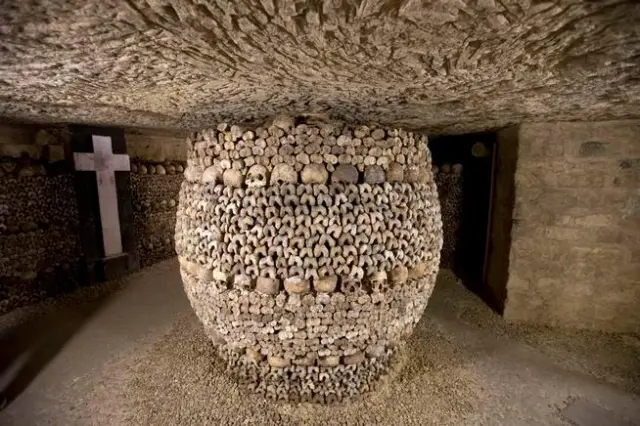
For an unforgettable experience, consider the Skip-the-Line Paris Catacombs Special Access Tour. This tour allows you to bypass long queues and explore the macabre tunnel system with an expert guide, gaining access to special areas not included in standard visits.
Conclusion
The Paris Catacombs offer a unique and thought-provoking journey through the city’s past. This underground labyrinth not only houses the remains of millions but also serves as a testament to Paris’s ingenuity in solving urban challenges. From its creation to address overcrowded cemeteries to its current status as a popular tourist attraction, the Catacombs have a profound impact on our understanding of history, mortality, and urban development.
For those seeking an unforgettable experience, the Paris Catacombs provide a chance to step back in time and reflect on the human condition. The intricate bone arrangements, philosophical inscriptions, and eerie atmosphere create a powerful and memorable visit. Explore now with Viator to uncover the secrets hidden beneath the streets of Paris and gain a new perspective on the City of Light.
FAQs
1. Is it worthwhile to visit the Paris catacombs?
Absolutely, the Paris catacombs offer a fascinating insight into the city’s history with additional sections available on guided tours that last about two hours. The experience is highly recommended if you have the time.
2. Have the Paris catacombs been completely explored?
No, the catacombs have not been fully explored. There are extensive off-limits areas that stretch beyond the city limits of Paris. Although a significant portion of the catacombs has been mapped, there remain vast areas yet to be discovered.
3. Is it permissible to explore the Paris catacombs?
Yes, it is legal to visit the Paris catacombs. They are open to the public from Tuesday to Sunday, including some public holidays. However, to ensure safety and preservation, only 200 visitors are allowed inside at any given time.
4. How much time is needed to explore the Paris catacombs?
You should plan for approximately one hour to explore the 1.5 km circuit of the Paris catacombs. This duration allows you to get a good sense of the underground network.

